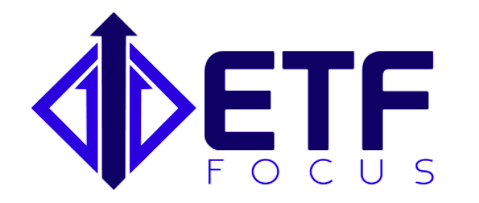The financial markets marked the 30-year anniversary of single largest one-day decline in stock market history this past week. The October 19th, 1987 crash, known as Black Monday, lopped more than 500 off the Dow or a loss of more than 22% on the day (here’s a YouTube video of some of financial news programs reporting as the day unfolded). Not surprisingly, the anniversary has raised curiosity as to whether or not another event like this again, both from an economic and a programmatic standpoint. The short answer is it’s unlikely, but let’s take a deeper look.
Circuit breakers put in place following Black Monday (and modified multiple times since then) are designed to try to prevent panic selling. In its current form, trading will be halted for 15 minutes when the S&P 500 declines by 7% and can be halted for 15 minutes again if it falls by 13%. If the market falls 20%, trading is halted for the day. In theory, 20% should be roughly the maximum that the market can drop in a day, but also consider the effects that would occur in the ETF markets. A significant portion of an average day’s trading volume comes from ETFs. These funds trade on supply and demand and not always in lock-step with the indices they track. In a panic selling environment, an S&P 500 ETF could technically drop further than the S&P 500 itself.
From an economic standpoint, the current market doesn’t look a whole lot like 1987. That year was marked by sharply rising interest rates and rising oil prices. Adding fuel to the fire was the fact that the market had doubled in the two years leading up to Black Monday making the market as a whole more expensive than it is even today. Today, inflation is contained, the Fed is looking to raise rates very gradually and earnings have shown solid growth. While there are concerns today, 1987 had more concerns at the time. And the market has some safeguards in place to try to contain any panic selling.
The most interesting footnote to the Black Monday narrative? Despite the one-day 22% drop in the equity markets, the S&P 500 still gained 2% on the year as a whole!
Here are your four ETFs to watch in the coming week (actually I’m going to cheat this week and talk about three ETFs and one mutual fund).
SPDR Portfolio Emerging Markets ETF (SPEM)
State Street launched their SPDR Portfolio ETF series this past week, which is essentially just a rebranding of over a dozen of its existing funds. This is a big deal because it decided to slash fees on most of these in order to compete with Vanguard, Schwab and BlackRock for the cheapest funds in their respective spaces.
The most notable fund for me that was changed is the Emerging Markets ETF. It cut its fee from 0.59% all the way down to 0.11% and, in the process, immediately becoming the cheapest fund in the emerging markets group. The fund’s old expense ratio was merely average for its group, but the new fee should make investors instantly take notice.
Others: SPDR Portfolio Total Stock Market ETF (SPTM), SPDR Portfolio Aggregate Bond ETF (SPAB), SPDR Portfolio World ex-US ETF (SPDW)
iShares Edge MSCI USA Momentum Factor ETF (MTUM)
When it comes to smart beta factors, nothing has come close to momentum this year. The Momentum Factor ETF is up more than 32% this year, about double that of the size, value or quality factors. While there’s no guarantee that the fund will be able to keep up its momentum (no pun intended), there are a few factors in place that suggest it could. Many areas like tech and financials are rallying on the prospect of tax reform and overseas cash repatriation. The Senate last week approved a budget plan that should smooth the path towards making that happen. Economic confidence is also high which could warrant higher valuations for longer and increased growth.
Others: PowerShares DWA Momentum ETF (PDP), SPDR Russell 1000 Momentum ETF (ONEO)
PowerShares S&P Small Cap Financials ETF (PSCF)
Speaking of tax reform, it’s fair to look at which other areas might benefit. The financial sector is generally a good play, especially the regional banks which could benefit quickest through lower taxes and greater flexibility with cash (Trump’s plan to loosen regulations couldn’t hurt either). Small caps could be a good investment for much the same reason. So why not check out an ETF that hits both areas at once? The Small Cap Financials ETF got a big post-election boost, but has treaded water for much of 2017 before a nice bounce in September.
Others: SPDR S&P Regional Banking ETF (KRE)
Vanguard Global Wellington Fund (VGWLX)
The Vanguard Wellington Fund (VWELX) and the Vanguard Wellesley Income Fund (VWINX) are two of Vanguard’s most popular mutual funds. So interest is high in the new global versions of these two funds. Wellington, in particular, is interesting because it’s currently closed to new investors (unless you open an account directly through Vanguard or it’s available through a workplace retirement plan). The Global Wellington Fund gives investors an option back in. The fund is in a subscription period from now until November 1st (it basically means they’ll hold your money and invest it on the first trading day) when the fund officially launches. Except these two new funds to pick up assets quickly.
Others: Vanguard Global Wellesley Income (VGWIX)
Want to get the weekly ETF watchlist in your inbox every week? Simply subscribe to the site either below or at the right and you'll get it automatically along with our ETF Focus Weekly newsletter!


